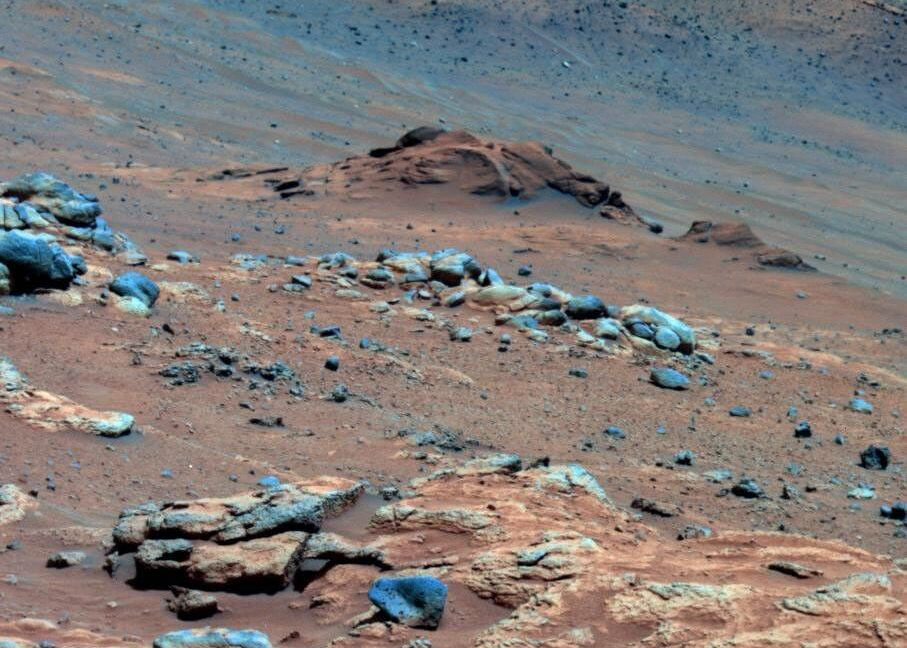
"The Martian climate model captures the evolution of the landscape and climate over 3.5 billion years, allowing for a detailed understanding of long-term climatic changes on Mars."
"The unique approach of the model incorporated Martian topography, solar luminosity, and orbital data, resulting in a more accurate simulation of the conditions required for potential life on Mars."
Curiosity rover findings indicate that some carbon dioxide was sequestered in Martian sedimentary rocks, similar to how limestone forms on Earth. A team led by Edwin Kite developed the first Martian climate model that includes these findings along with Martian topography, solar luminosity, and orbital data. This model assesses conditions over 3.5 billion years, suggesting that Martian life would have faced significant challenges due to rare wet periods on the planet.
Read at Ars Technica
Unable to calculate read time
Collection
[
|
...
]